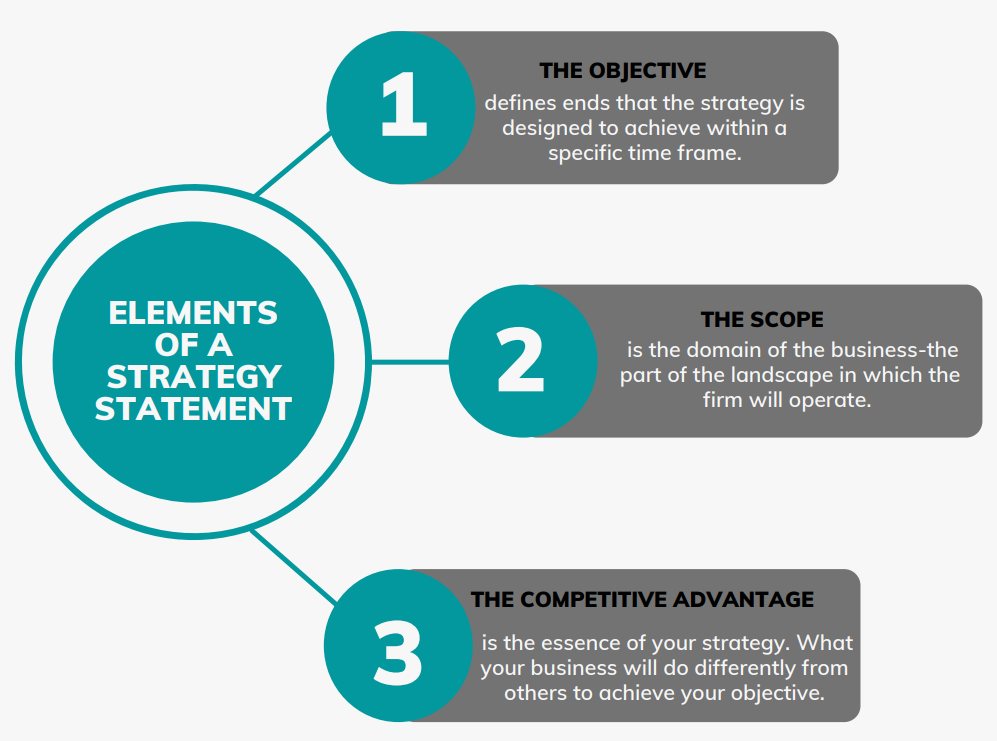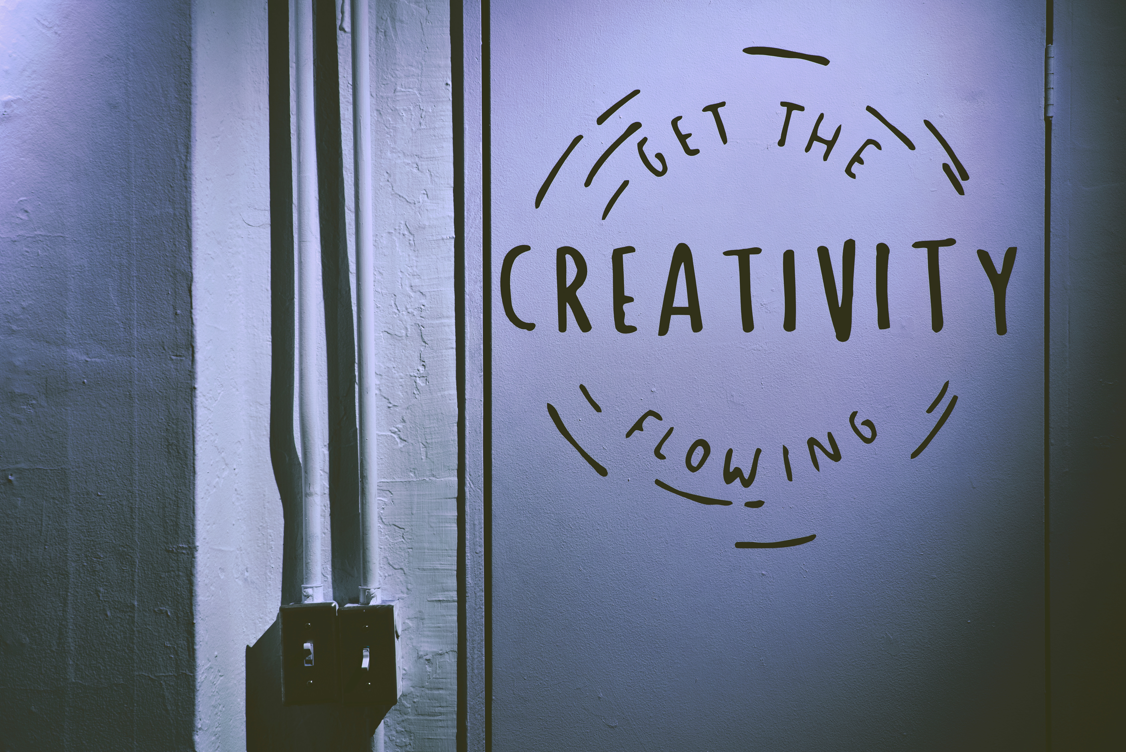Core values and a Core Purpose remain fixed in companies while their business strategies and practices constantly adapt to a changing market.
We need to understand there’s a difference between what should never change in a company and what should be subject to change. The ability to manage change is linked to the ability to develop a vision.
A good vision is the combination of two essential components: core ideology and envisioned future.
(See “Articulating a Vision.”) The use of this design is explained by James C. Collins and Jerry I. Porras in the Harvard Business Review.

“Articulating a Vision.”
Core ideology, the yin in the scheme, defines what we stand for and why we exist. Yin is unchanging and complements yang, the envisioned future.
The envisioned future is what we aspire to become, to achieve, to create – something that will require significant change and progress to attain.
James C. Collins and Jerry I. Porras
In this post, we talk about core ideology.

Core Ideology
For Collins and Porras, the core ideology is the most lasting and significant contribution of those who build visionary companies.
Leaders die, products become obsolete, markets change, new technologies emerge, and management fads come and go, but the core ideology in a great company endures as a source of guidance and inspiration.
the core ideology of the organization consists of two distinct parts:
- Core Values, a system of guiding principles and tenets;
- Core Purpose, the organization’s most fundamental reason for existence.
Core Values
Core values are a small set of timeless guiding principles. Core values are not from market requirements but the founder’s inner beliefs.
Throughout their research, Collins and Porras found that “companies tend to have only a few core values, usually between three and five”. From their perspective, ‘core’ means that a value is “so fundamental and deeply held that [it] will change seldom, if ever.”
Ralph S. Larsen, CEO of Johnson & Johnson, puts it this way: “The core values embodied in our credo might be a competitive advantage, but that is not why we have them. We have them because they define for us what we stand for, and we would hold them even if they became a competitive disadvantage in certain situations.”
There is no such thing as a right set of core values. A company’s core value doesn’t have to be customer service (Sony doesn’t) or respect for the individual (Disney doesn’t) or quality (Wal-Mart Stores doesn’t) or market focus (HP doesn’t) or teamwork (Nordstrom doesn’t).
After you’ve established a preliminary list of core values, ask yourself, “Would we still hold this core value if the circumstances changed?” If you can’t honestly answer yes, the value isn’t core and should be eliminated from consideration.
Core Purpose
The Core Purpose is the reason for the organization’s existence. An effective purpose represents people’s idealistic reasons for doing the company’s work. It captures the essence of the organization rather than merely describing its output or target market.
For Collins and Porras, the core purpose is the “most fundamental reason for being”. A true purpose grabs “the ‘soul’ of each organizational member” and reflects their “idealistic motivations for doing the work.”
To put it another way, why are we here?
Purpose (which should last at least 100 years) should not be confused with specific goals or business strategies (which should change many times in 100 years).
The five whys are an effective way of determining the purpose. Begin with the descriptive statement We produce X product, or We provide X services, followed by the question Why is that important? at least five times After a few whys, you’ll realize you’ve gotten to the organization’s core purpose.
The five whys can help companies in any industry frame their work in a more meaningful way.

It is a vision that provides the context. Companies more than ever need to have a clear understanding of their purpose in order to make work meaningful and thereby attract, motivate, and retain outstanding people.
Stick around for part 2. I will talk about the second primary component of the vision framework which is envisioned future.
If you enjoyed this post, please be sure to like it and drop me a comment if you have any questions or additions!
Thank you for reading!




























